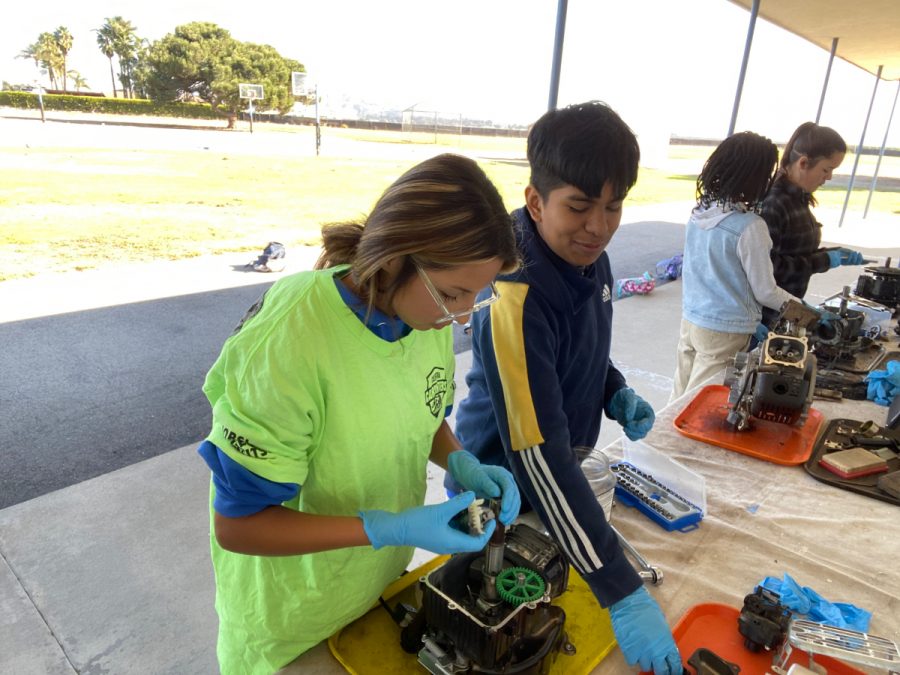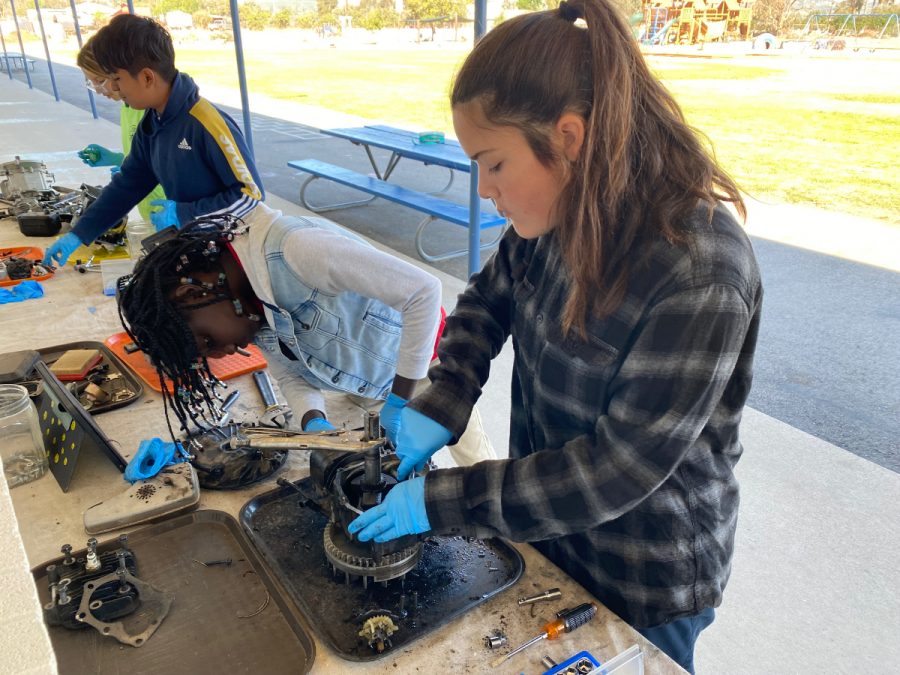
Linda Vista Adventist Elementary School
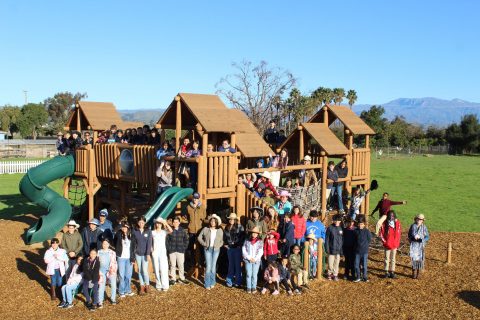
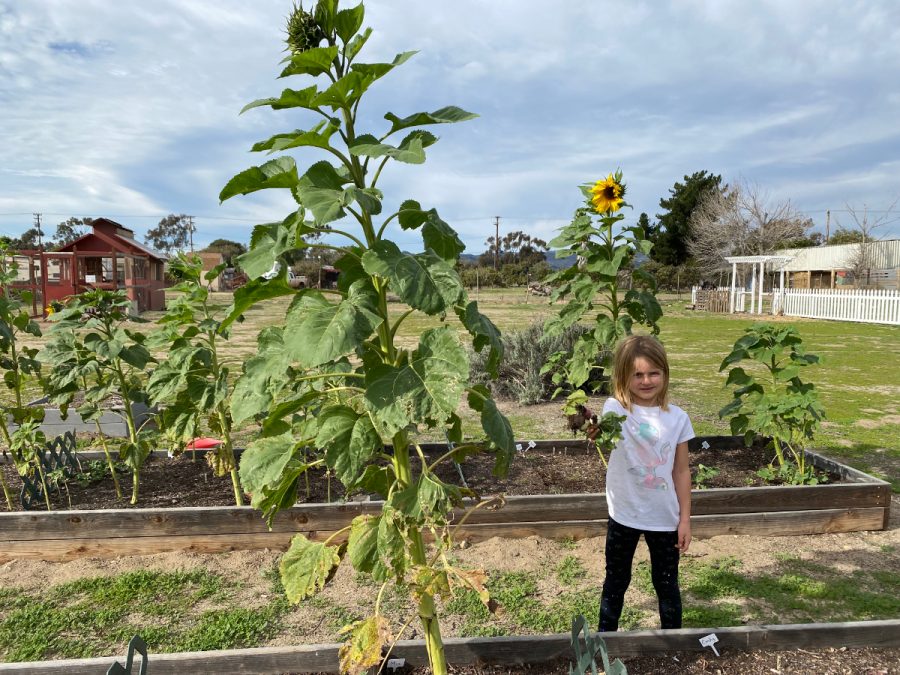
Community Support
LVAES believes that everyone should be able to attend Adventist schools, regardless of financial status. Through the support of our community, we were able to provide nearly $40,000 in need-based scholarships this year. Additionally, the LVAES community raised more than $90,000 last year for tuition assistance and to install a nature-inspired playground.
Their vision is to develop all areas of our extensive campus (12+ acres) to meet the needs of the whole child (body, heart, mind, and soul). In two months, through its annual read-a-thon, the LVAES community raised more than $50,000 to make the dream of a nature-inspired playground a reality. This summer, campus goats will be a welcome addition to the student garden program and Chicken Club, which has 14 hens already.
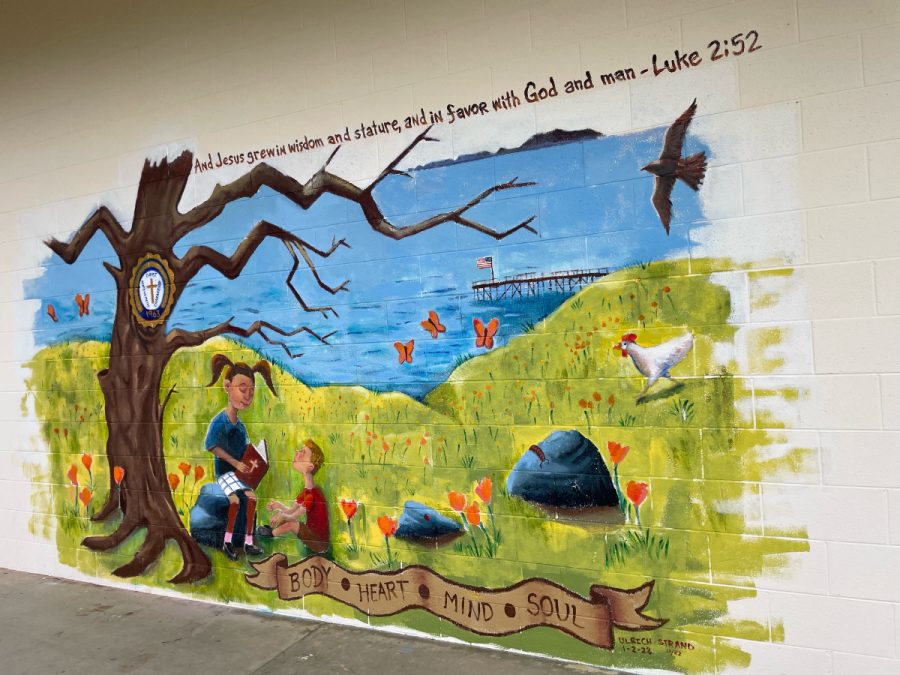
As an act of gratitude, LVAES is in the process of creating a donor-recognition mural that captures the heart of its educational philosophy and honors its annual patrons, who are dedicated to helping Adventist education thrive in Ventura County.
The branches of the tree will be filled in with leaf-shaped donor plaques over time.
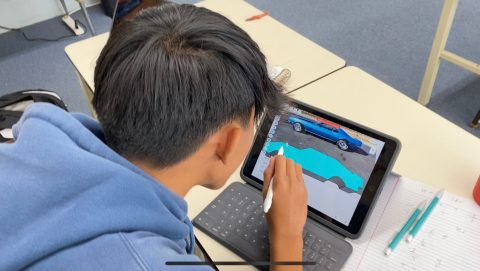
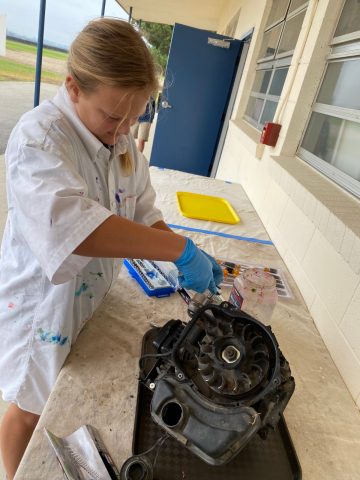
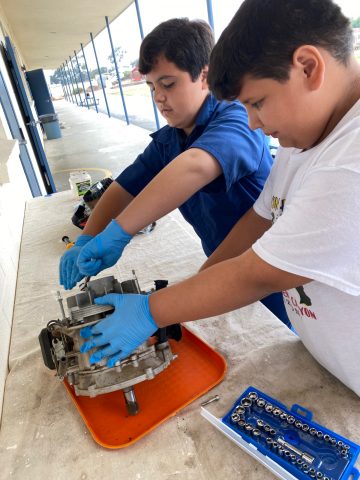
STEAM Lab
With a one-time donation of $2,000, LVAES has implemented a STEAM (science, technology, engineering, art, and math) lab for our fifth- through eighth-grade students. Students spend 40 minutes twice a week absorbing real-life skills that bring textbook learning alive and provide the opportunity to use cool technology through theme-centered building challenges
This year’s theme is transportation. Students began by learning about internal combustion engines and basic mechanics, culminating in groups of two disassembling and reassembling lawn mower engines. From there they’ll move on to the future of vehicles: electric cars. Students are using professional-level CAD software on their iPads to design their own cars and engineer how the components will fit. The students will turn their virtual models into reality with their 3D printer, and then they will assemble a circuit that includes a motor, switch, and at least 2 LEDs. It will culminate in a design contest and an endurance race across our parking lot.
From electric cars, they will move on to rockets. Students will build model rockets, including designing and printing their own nose cones, fins, and motor mounts with CAD software and 3D printer. A software program allows them to model the potential height of their rocket’s trajectory and to calculate the center of pressure, which they’ll confirm with their wind tunnel to ensure safety. The project will culminate by launching the rockets from LVAES’s field.
